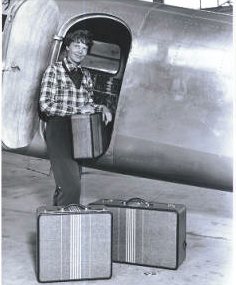The mental condition of perceiving the human face or other known object in an otherwise random image is termed pareidolia. Scientist call perceiving a face or object in a cloud formation, the random pattern of a tree bark, etc. normal. And it’s quite normal to say “that looks like Abe Lincoln’s face” while observing a large cloud. But “looking like” and “measuring exactly like” are entirely different.
Pareidolia is often used to discredit the Orona image. But taking and recording exacting measurements exactly like the L10E is not imagination. The Google Earth 2006 image measurements, when divided by the water index of refraction (1.33) yield the exacting measurements of the L10E. Using the ray tracing diagram as a tool, the counter argument is made that in order for that to occur, considering that the satellite may be hundreds of miles above the surface of the lagoon, the aircraft would necessarily be thousands of feet below the surface. An impossible condition as the depth is but 35 feet. What this counter argument fails to incorporate is the manner in which telescopic cameras work. The normal configuration of telescopes results in the virtual image focused at infinity. A good way to understand this is the informative site SCUBAGEEK.com.
http://scubageek.com/articles/wwwbigr.html. Here scubageek lays out the lens magnification (big M) formula for underwater to air situation that pertains to scuba divers as they observe through the glass of the facemask. It also is applicable to the satellite with the telescopic camera recording the underwater object.
M =m{[ (1+ (d+R)/D]/[1+m(d+R)/D]}
Little m is the refractive index of water 1.33. Note that little d is a large value-the satellite may be several hundred miles above the lagoon surface. And because the telescope focuses the image at infinity, D is very large-as large as it can get-∞ (infinity). The formula reduces to M=1.33. It’s how telescopes work.
So a measured value of 52’ nose to tail yields 39’ (52/1.33=39). The L10E is 38’ 8” nose to tail; x to x in the image
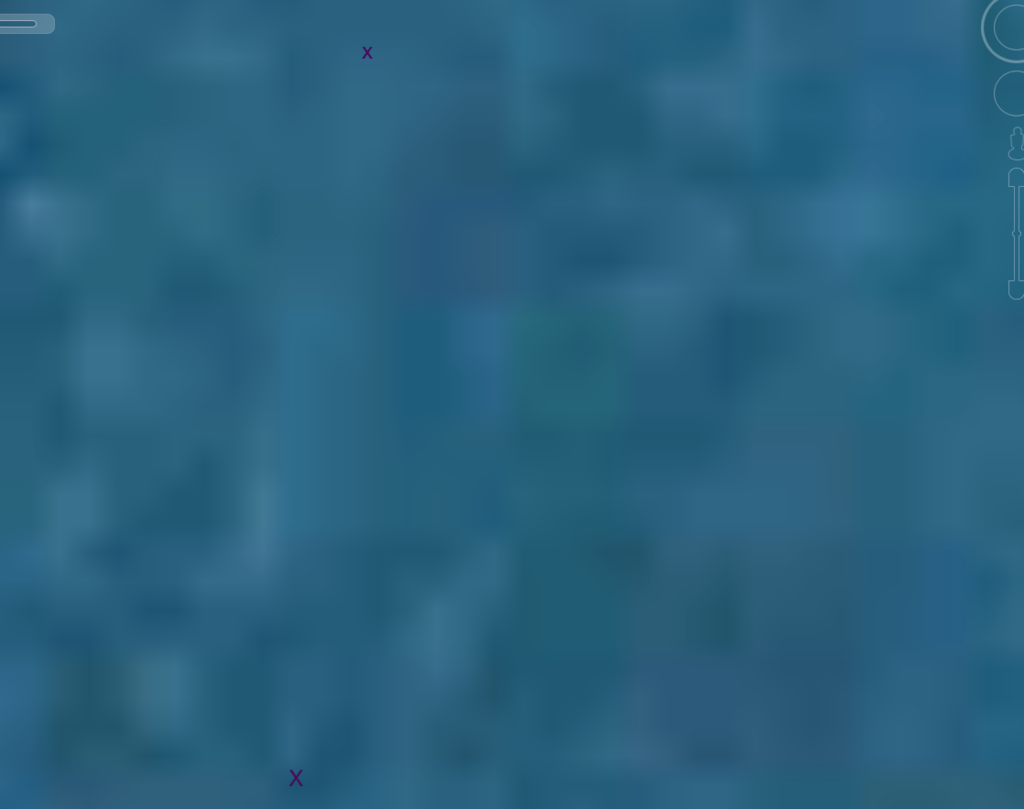
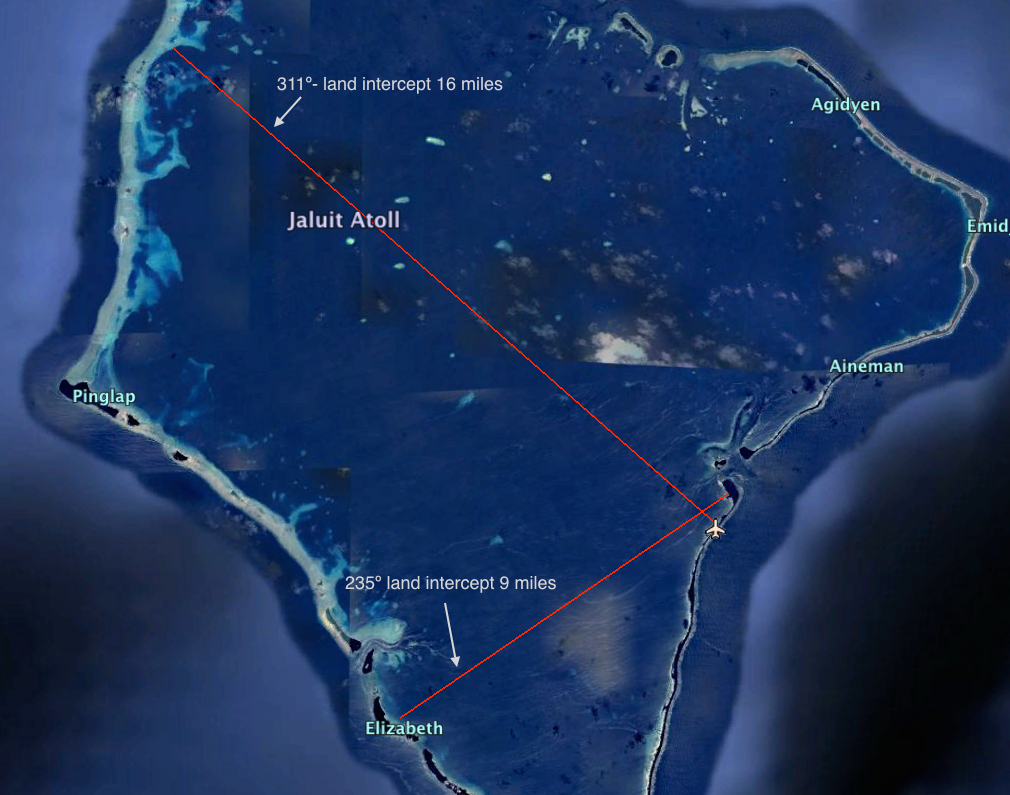





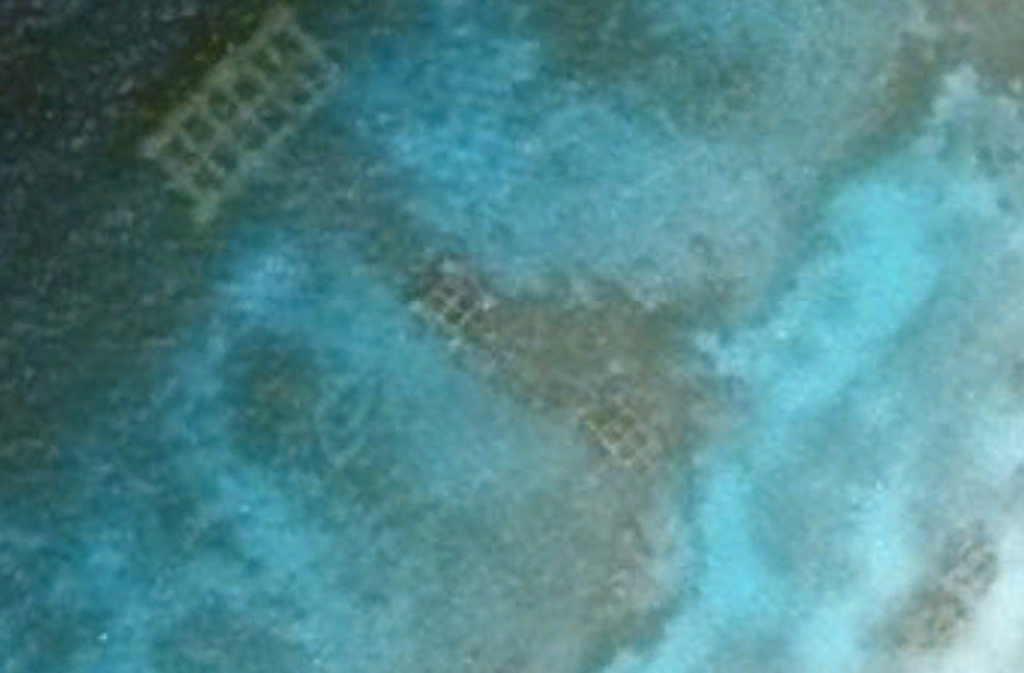

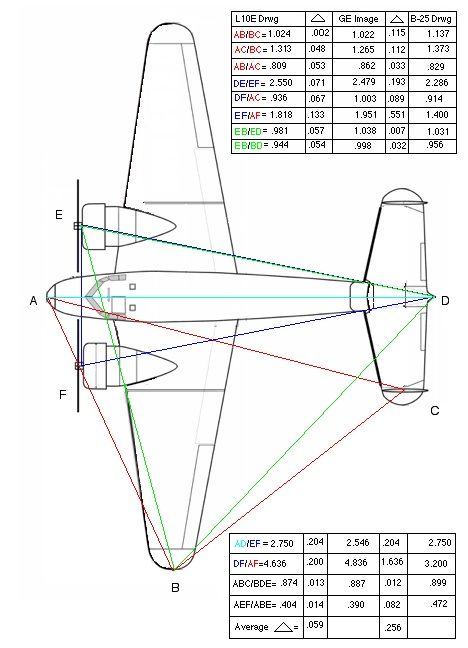
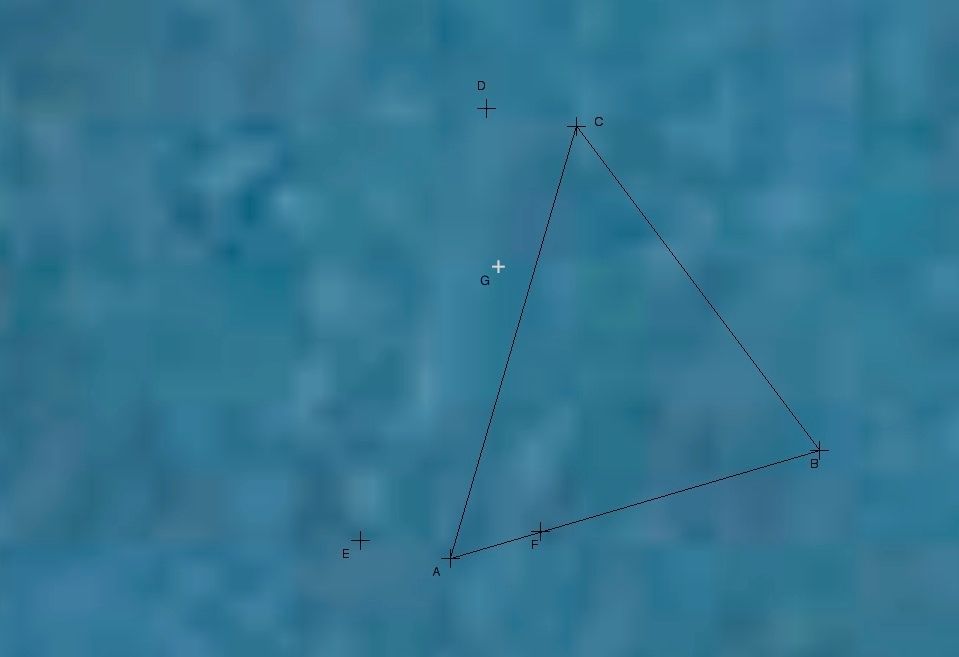
 <br><br>
<br><br>